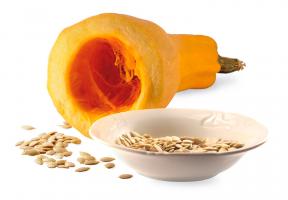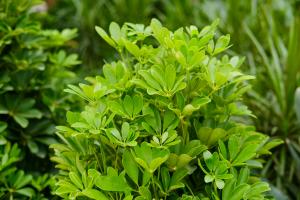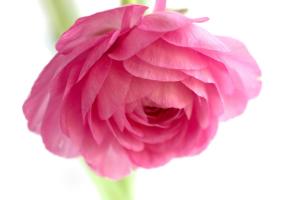Introduction:
Water chestnuts, also known as Eleocharis dulcis, are a popular aquatic vegetable that grows in wet and boggy areas. They have a sweet, nutty flavor and crunchy texture, making them a favorite addition to many Chinese and Southeast Asian dishes. If you're interested in growing water chestnuts in a planter box pond, this article will provide you with everything you need to know.
Choosing the right planter box:
The first step in growing water chestnuts in a planter box pond is to choose the right container. A plastic or ceramic pot that is at least 12 inches deep and wide will work best. It's important to choose a container that can hold enough water to submerge the water chestnuts entirely but isn't too deep or too shallow.
Preparing the planter box:
Before planting water chestnuts, you'll need to fill your planter box pond with enough water to submerge the container entirely. Allow the water to sit for a day or two to acclimate to the ambient temperature. It's best to keep the water at around 75 to 80 degrees Fahrenheit, so it's essential that you take the water temperature and make any necessary adjustments. Once the water is at an appropriate temperature, fill the container with a fertile soil mixture that has a pH between 6.0 and 7.0.
Planting water chestnuts:
You'll need to start by purchasing water chestnut seeds, also known as corms. These seeds are often available at specialty grocery stores or online retailers. These seeds look a bit like chestnuts and should be soaked in water for several hours before being planted. They need plenty of sunlight and warmth to germinate, so be sure to place them in a sunny location.
Caring for your water chestnuts:
Water chestnuts require frequent watering, and their soil should never dry out. It's vital to keep the water level in the container consistent; otherwise, your water chestnuts will be at risk of drying out. Be sure to check the water level daily and adjust it as needed. Additionally, it's essential to keep the water clean, regularly removing any decaying plant matter or debris that may be present. Use a net or a small aquarium vacuum to remove anything that has settled on the bottom. Once your water chestnuts reach 6 to 8 inches tall, you can try harvesting them by pulling up the entire plant and cutting off the corms from the roots.
Conclusion:
Now that you know how to grow water chestnuts in a planter box pond, it's time to get started. With a bit of patience and care, you can have a healthy and thriving water chestnut plant that will provide you with a delicious addition to your favorite dishes. Remember to choose the right container, prepare the soil, and take good care of your plants, and you'll be on your way to a successful water chestnut harvest in no time.

 how many times do yo...
how many times do yo... how many planted tre...
how many planted tre... how many pine trees ...
how many pine trees ... how many pecan trees...
how many pecan trees... how many plants comp...
how many plants comp... how many plants can ...
how many plants can ... how many plants and ...
how many plants and ... how many pepper plan...
how many pepper plan...






























